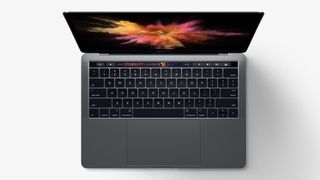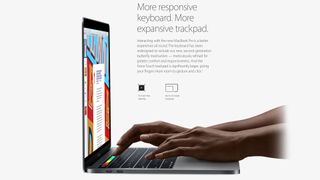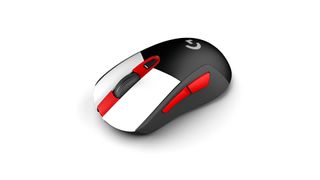Apple agrees to pay $50M to customers with faulty MacBook keyboards
That's on top of the repair program it already offers affected customers.

Apple has agreed to pay $50 million in a class action lawsuit from customers that claimed it knew the butterfly switches it designed for some models of MacBooks were prone to failure and the company tried to conceal that.
The class action, filed by customers in seven states, claims that MacBook, MacBook Air, and MacBook Pro keyboards made between 2015 and 2019 were affected by the faulty switches. Apple denies any wrongdoing, however, it will pay damages to settle the case (via Reuters).
This settlement hasn't been finalised yet, as a judge will have to sign off on it, but the settlement should mean customers in California, Florida, Illinois, Michigan, New Jersey, New York, and Washington can claim a payout.
The payout will vary depending on how many times the customer has had to replace their keyboard. It really does all come down to that. Laywers expect the maximum payout to be around $395 for the unluckiest customers, while those that only replaced their keyboard a single time (so lucky) will receive around $125.
For customers that switched out their keycaps, it'll be around $50.
Though these final payouts will likely vary a bit once fees are paid out.
Customers are still eligible to receive four years of free keyboard repairs, too. A keyboard service program was agreed to by Apple preceeding this class action and it offered customers an extended warranty on keyboard repairs for affected devices (which you can find in this list). This is a worldwide program, so even if you're not in line for a payout you still have this option available to you.
The biggest gaming news, reviews and hardware deals
Keep up to date with the most important stories and the best deals, as picked by the PC Gamer team.


Best gaming mouse: the top rodents for gaming
Best gaming keyboard: your PC's best friend...
Best gaming headset: don't ignore in-game audio
Apple's butterfly switches were kind of a big deal for the company when it first announced them back in 2015–16. They are ultra-thin switches yet it claimed could deliver a decent keypress and travel. That's a matter of opinion, and personally I can't stand the things. Anyways, Apple's claims were down to a winged hinged mechanism, which was wholly different in design to the more commonly used scissor hinge switch.
When it comes to gaming laptops, you'll likely find scissor switches, but sometimes full mechanical switches (low-profile ones) will be used. Though even low-profile mech switches are still quite chunky.
The problem for Apple, however, is that for years now customers have been running into issues with these butterfly keys, such as repeated key strokes or them become unresponsive. Basically, the butterfly switch has become a big problem despite its compact size, and while Apple has replaced these switches on more recent MacBooks with the more traditional scissor switch, it still has to cough up for its previous mistake.

Jacob earned his first byline writing for his own tech blog. From there, he graduated to professionally breaking things as hardware writer at PCGamesN, and would go on to run the team as hardware editor. He joined PC Gamer's top staff as senior hardware editor before becoming managing editor of the hardware team, and you'll now find him reporting on the latest developments in the technology and gaming industries and testing the newest PC components.
Most Popular






